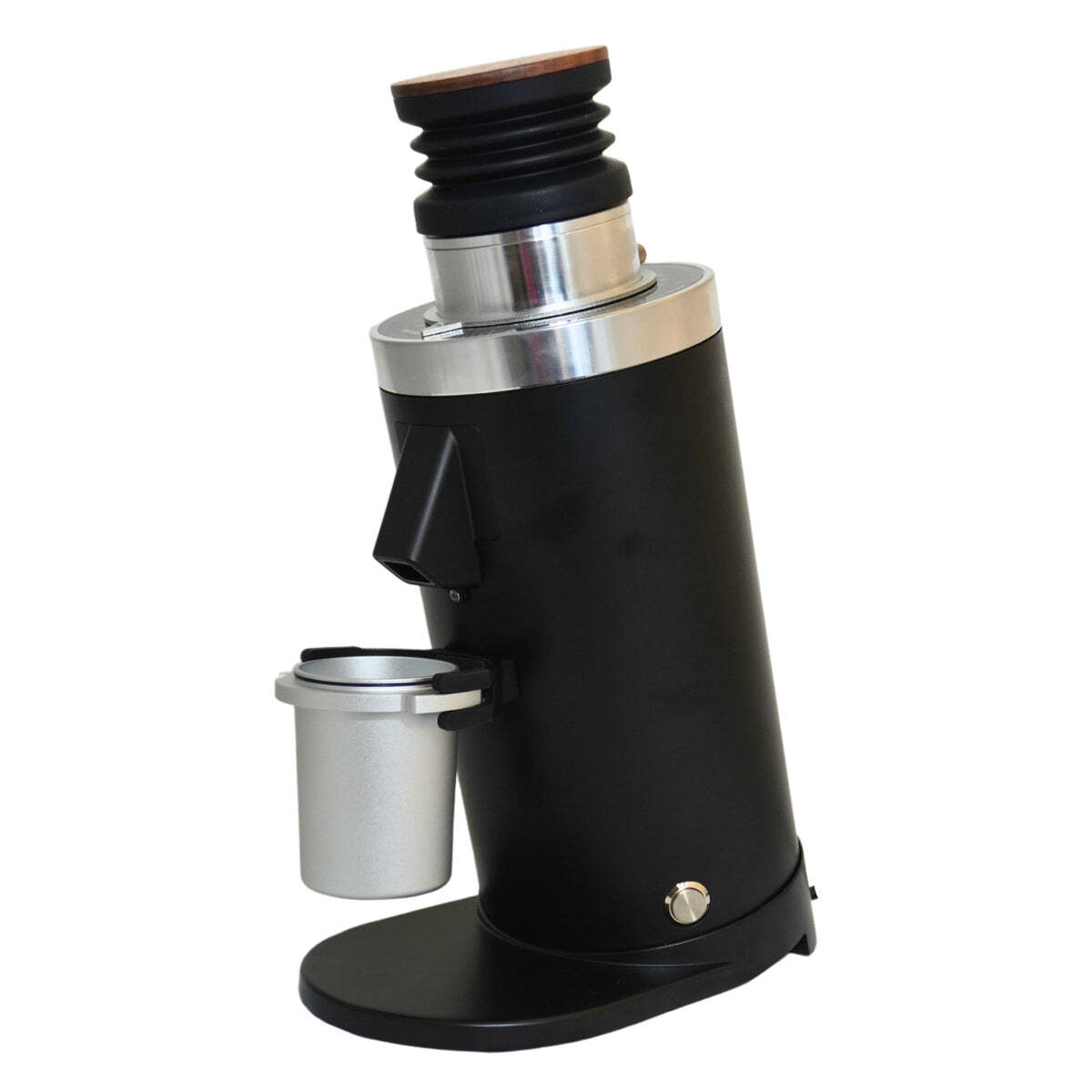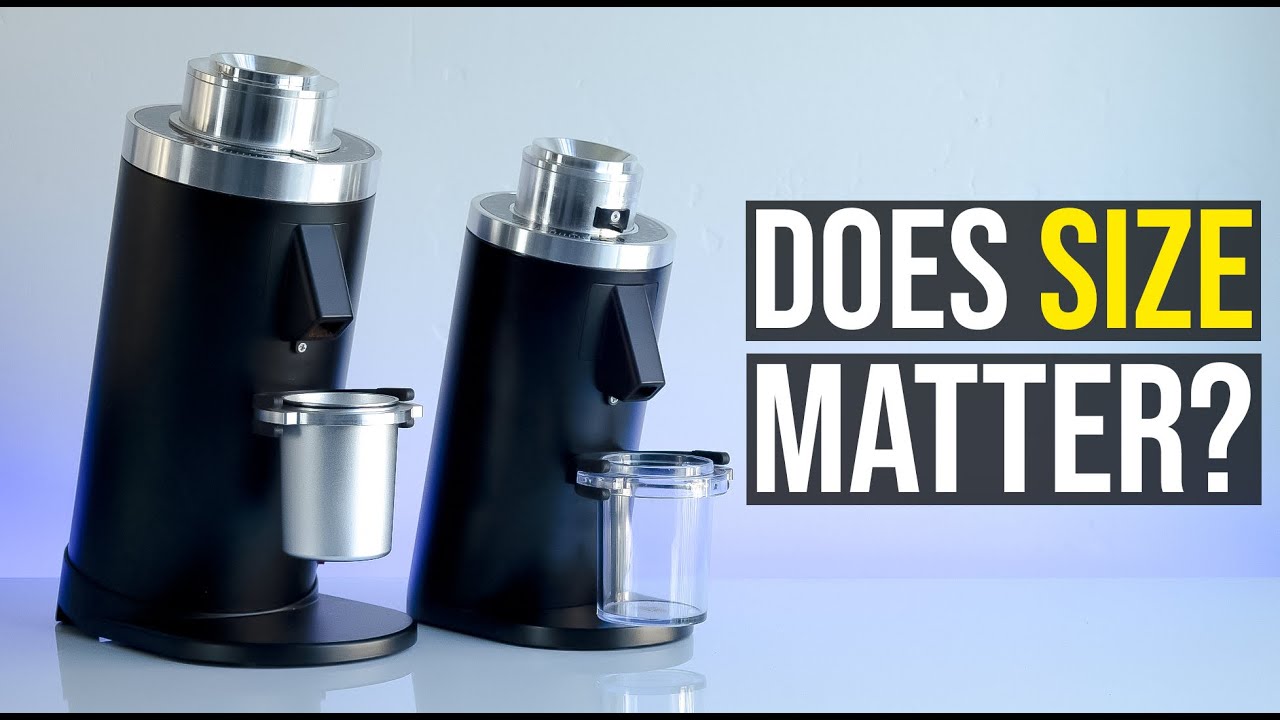Unless you need RAID 5/6, which doesn’t work well on btrfs
Yes. Because they’re already using some sort of parity RAID so I assume they’d use RAID in ZFS/Btrfs and as you said, that’s not an option for Btrfs. So LVMRAID + Btrfs is the alternative. LVMRAID because it’s simpler to use than mdraid + LVM and the implementation is still mdraid under the covers.

















It might also save it from shit controllers and cables which ECC can’t help with. (It has for me)